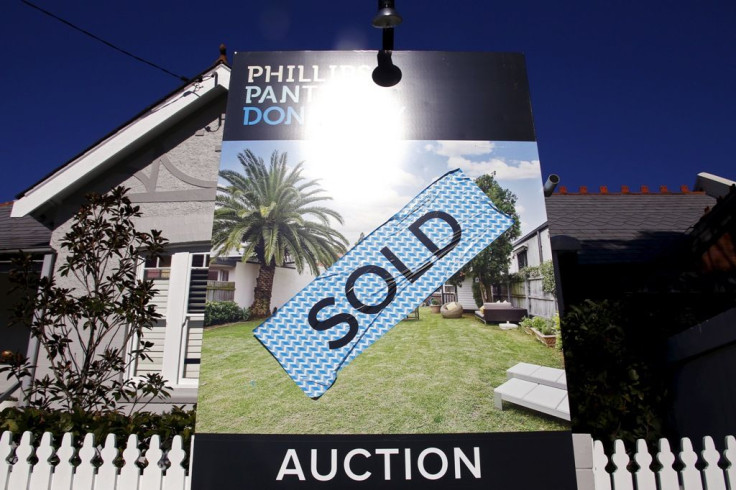Stifling Sydney property market takes auction clearance rates to 3 year low

After years of record high growth, Sydney's property market is seeing its first signs of slowing, driven down by regulators’ interventions and an oversupply of housing listings, even as auction rates hit their lowest in three years.
According to the Domain Group, these initial signs are reflected in housing prices, which have decreased in almost every region of Sydney. Sydney auction clearance rates, which were clearly on a slide in August and at the beginning of the spring selling season, has also fallen this September.
In Canterbury-Bankstown, housing prices remained flat over August while Sydney’s south-west recorded a decrease of 1.2 percent in auction prices. Reserve Bank Governor Glenn Stevens said he hoped to see property investors turn into owner occupiers as these changes in relative pricing continue.
Domain senior economist Dr Andrew Wilson noted one of the key reasons for muted growth is the extraordinary number of listings flooding the market this spring. The figures, far higher than last year’s spring listings, are expected to eventually push the balance of buyers and sellers toward a more buyers-dominated market.
However, buyers have not escaped unscathed and are also suffering as houses continue to become less affordable after rapid second-quarter prices growth, and banks tighten their lending rules. This has led the auction clearance rate in Sydney to fall to 72.4 percent from 90 percent in May.
"I guess the super energy of the Sydney market has now passed. The price growth that was recorded this year and over the last two years was unsustainable given particularly that interest rates have been flat for the last four months," Dr Wilson said.
Doug Driscoll of Starr Partners, a real estate company, added that the “white-hot market” has turned into a “red-hot market.” “We’re starting to see a slowdown in prices growth, but it’s certainly not panic stations,” he said.
Contact the writer at feedback@ibtimes.com.au, or let us know what you think below.





















